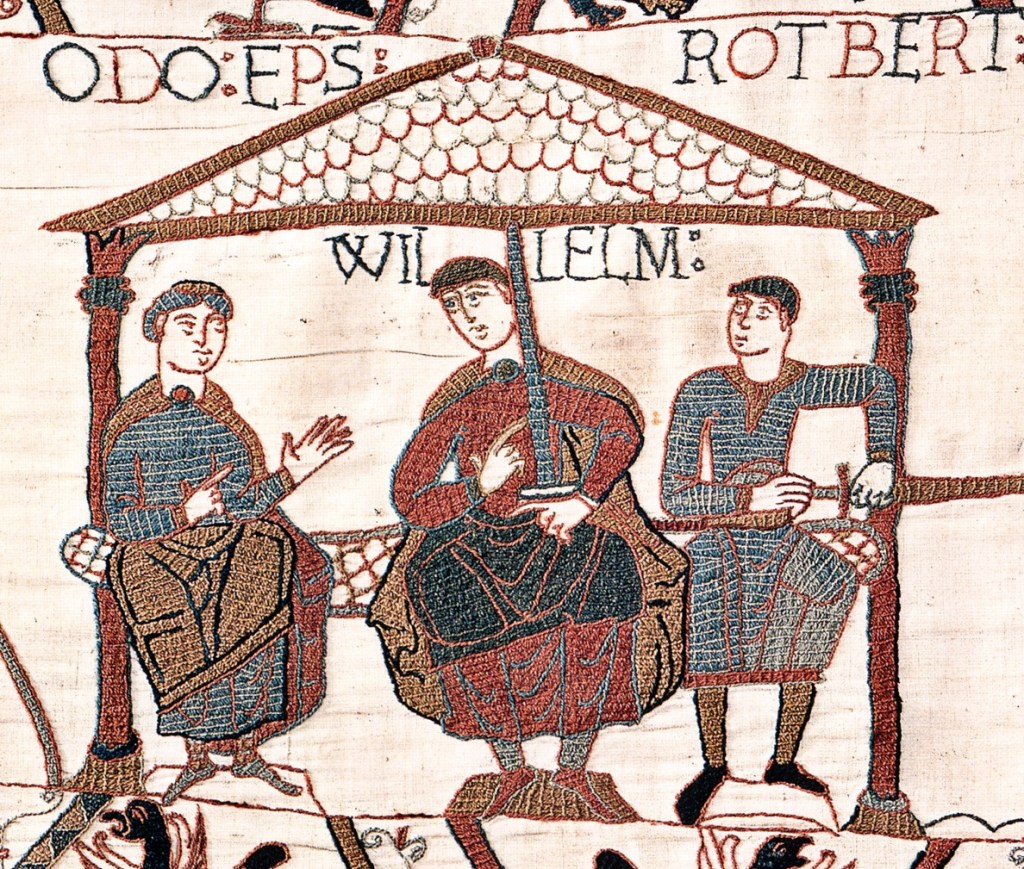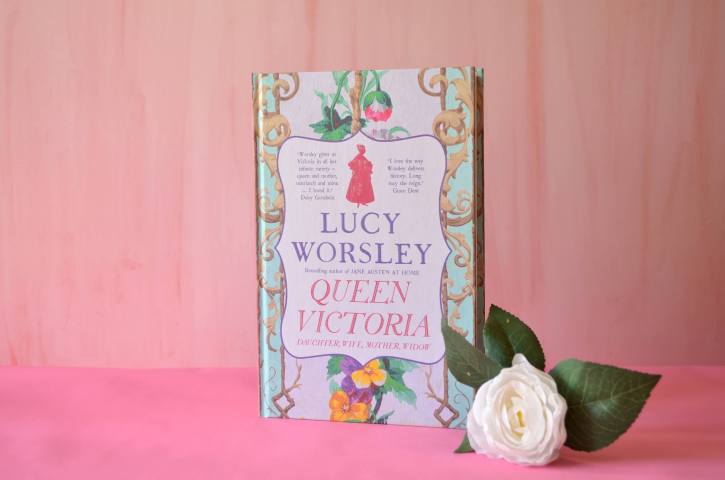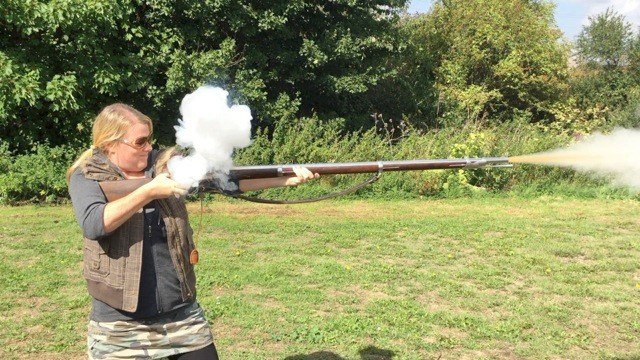The Norman Conquest in Numbers by James Aitcheson

This month marks the 950th anniversary of the Battle of Hastings: the beginning of the Norman Conquest of England, and perhaps the single most famous event in all of British history.
The battle, which took place on 14 October 1066, saw King Harold II killed and his English army defeated by Duke William of Normandy, who shortly afterwards was himself crowned king, ushering in a new French-speaking ruling dynasty and altering England’s destiny forever.

7,000
Estimated size both of Harold’s army and of William’s at Hastings. Harold’s troops, on foot, formed a shield-wall upon the ridge where Battle Abbey now stands; William’s forces, which included both cavalry (knights) and archers, proceeded to attack up the hill. It was an evenly matched encounter that lasted all day, turning first one way and then the other, until Harold was killed, whereupon the surviving English fled.
4
Men directly involved in slaying King Harold. The arrow-in-the-eye story of his demise is probably false, based on a misunderstanding of the written evidence and an ill-judged later restoration of the Bayeux Tapestry, in which the famous scene appears. The earliest account of his death is given in the poem known as the Carmen de Haestingae Proelio, which was written in 1067. It states that Harold was first run through by William, then decapitated by Count Eustace of Boulogne and speared by Hugh of Ponthieu, before finally his thigh was hacked off by a certain Gilfard.
4
Kings of England in 1066. Most people will be able to name Harold and William, as well as Edward the Confessor, whose death in January prompted the succession crisis that led to the Battle of Hastings. Few, however, have heard of Edgar Ætheling, Edward’s great-nephew. Edgar was acclaimed king in the wake of Harold’s death and for a few weeks held out in London, before surrendering to William late in the year. He was subsequently treated as an honoured guest at the Norman court, but later fled, joining the great northern rebellion of 1069 and making another bid for the crown.
100,000
According to the chronicler Orderic Vitalis, the number of people who died through starvation following the brutal campaign known as the Harrying of the North. The Harrying saw William ravage Yorkshire in retribution for the northern rebellion of 1069. (To put that figure in perspective, the total population of England at the time was probably only about 2 million.) Another contemporary writer, John of Worcester, says food was so scarce that people were reduced to eating not just horses, dogs and cats but also human flesh.

68
Length in metres of the famous Bayeux Tapestry, which was commissioned soon after the Conquest, possibly by William’s half-brother Odo, and is thought to have been produced in England sometime in the mid-1070s. The Tapestry – which is really an embroidery – depicts events from 1064 through to the Battle of Hastings, and is a crucial and unique source for understanding the period. A full-size copy was made in the nineteenth century and is on display in Reading Museum; the original remains in Bayeux.

13,418
Number of places listed in Domesday Book, the comprehensive survey of England that William carried out in 1086. The Anglo-Saxon Chronicle says: “There was not one single hide [a unit of land measurement], not one yard of land, not even – it is shameful to tell, but it seemed no shame to him to do it – one ox, nor one cow, nor one pig that was left out, that was not set down in his record.”
2
Years it would have taken William to conquer Ireland as well, had he not died in 1087, according to a bizarre statement made in the Anglo-Saxon Chronicle in its annal for that year. Even more cryptically, it claims he would have achieved such a conquest “by his shrewdness and without any weapon”. Nowhere else is it hinted that William had any intention of invading Ireland.

James Aitcheson is the author of four novels set during the Norman Conquest and a graduate of Emmanuel College, Cambridge, where he studied History and became fascinated with the Middle Ages. His latest novel, The Harrowing, about five English refugees fleeing the Normans during the Harrying of the North, is available now.







